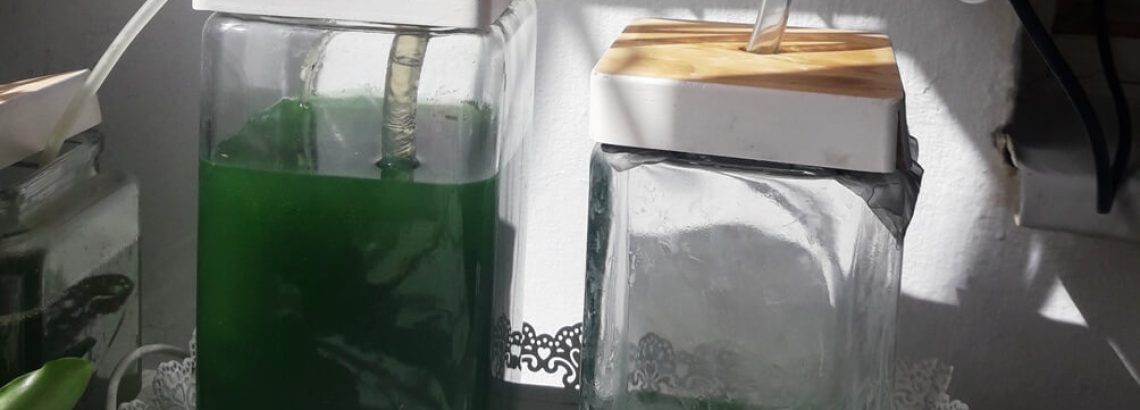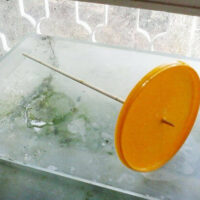Last updated on March 18th, 2024
Culturing live spirulina microalgae at home can be an exciting and rewarding hobby, but it requires careful attention to detail, and maintenance of optimal growth conditions. One of the most crucial aspects of maintaining a healthy spirulina culture is ensuring that the environmental conditions are adequate, including the pH level, the exposure to light, the temperature, the oxygen, determined by aeration and turbulance, and balanced mineral feeding throughout the growth cycle.
1. Alkalinity Is Key
Spirulina originates in the soda lakes of Central Africa and Mexico. It thrives in an alkaline environment, with an optimal pH range of 10.3-10.5. The pH level of the culture must be checked regularly, and adjustments should be made as needed to maintain the desired range. If the pH level drops below 8.0, adding sodium carbonate can help raise it back to the optimal range.
2. Keep The Lights On
Spirulina requires a moderate to high amount of light for photosynthesis, but too much light can be harmful. A good rule of thumb is to provide 70% light (and 30% shade), for about 70% of the time. That means 16 hours of light per day, using a full-spectrum light source that mimics natural sunlight. It is essential to avoid direct sunlight as it can increase the temperature of the culture and damage the gentle fillaments.
3. Keep It Nice and Warm
Spirulina prefers warm temperatures, with an optimal range of 25-35°C. Maintaining a stable temperature within this range is crucial for healthy growth. The culture should be kept in a warm, well-ventilated area, away from direct sunlight or heat sources such as radiators or heating vents. Using a submersible aquarium heater or a temperature controller can help maintain the desired temperature range.
4. Aerate, But Don’t Overdo It
Turbulence is essential for keeping the spirulina culture well-oxygenated and evenly distributed. Gentle aeration or stirring can help create the necessary turbulence. Avoid using high-powered pumps that can damage the fragile spirulina filaments. Instead, use a design that enables natural aeration, such as a raceway pond.
5. Maintain Balanced Mineral levels
Spirulina requires specific nutrients to thrive, including nitrogen, phosphorus, and potassium. These minerals can be provided through the use of appropriate fertilizers or by supplementing with a nutrient solution. Different mineral combinations and ratios can lead to increased protein or carotenoid contet. Poor feeding can result in an imbalanced culture and straight fillaments instead of coiled ones.
In summary
Maintaining a healthy spirulina culture at home requires careful attention to detail and the maintenance of optimal environmental conditions. Monitoring the pH level, light, heat, turbulence, and mineral levels regularly can help ensure that the culture thrives and produces healthy microalgae for human and animal consumption. With patience and dedication, anyone can cultivate spirulina microalgae at home and enjoy the benefits of this nutrient-dense superfood.





